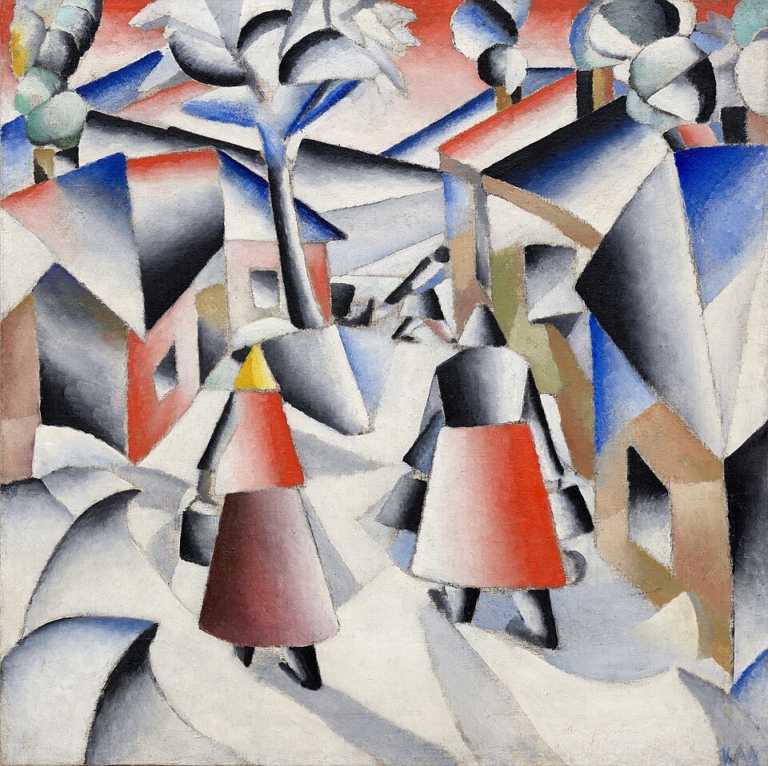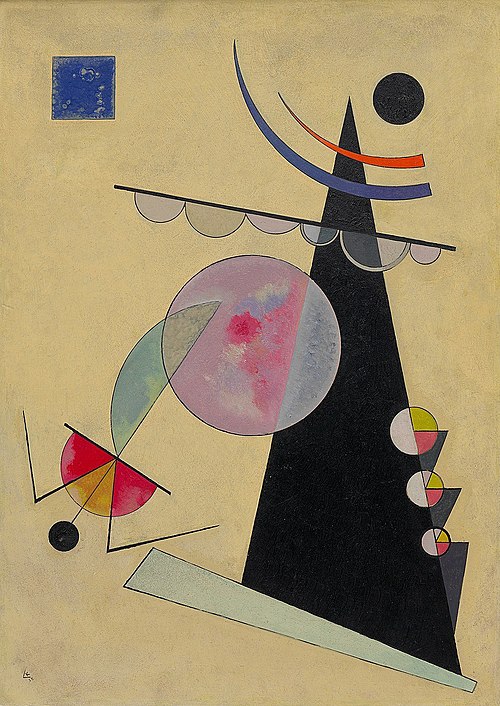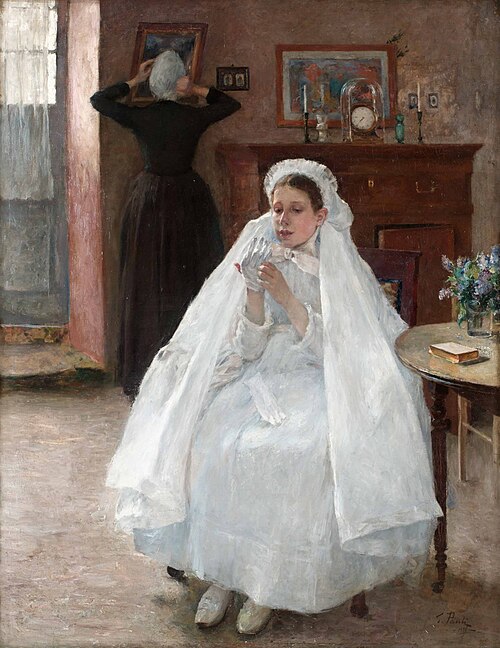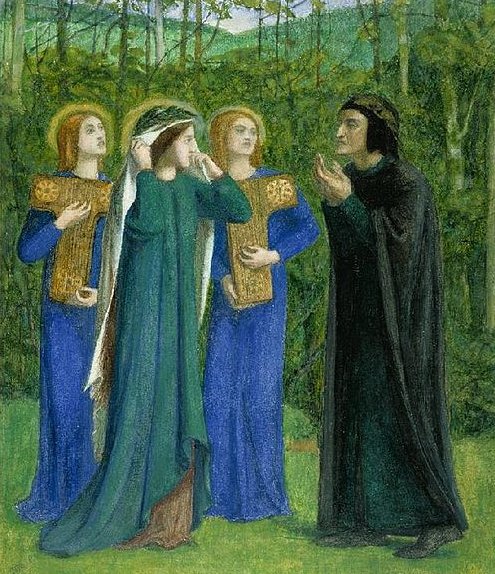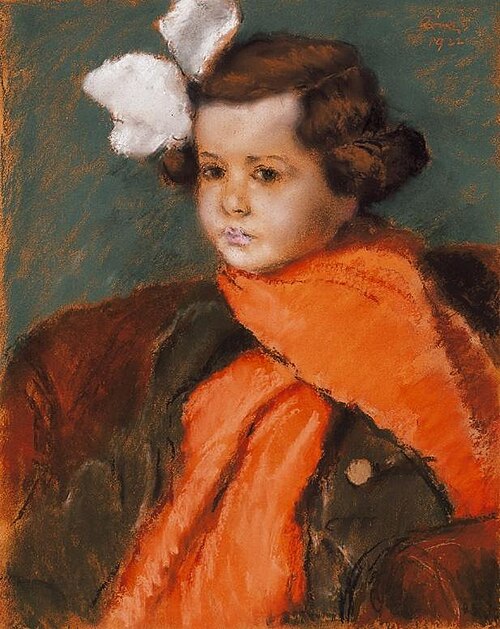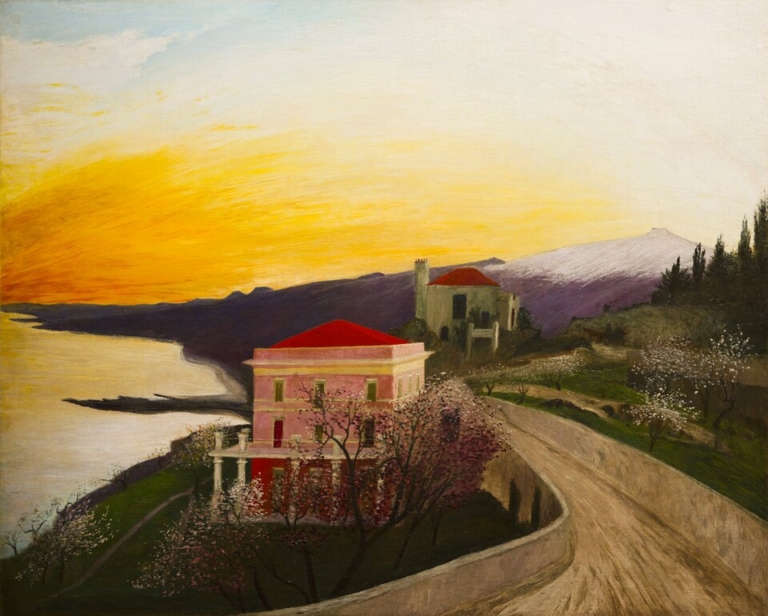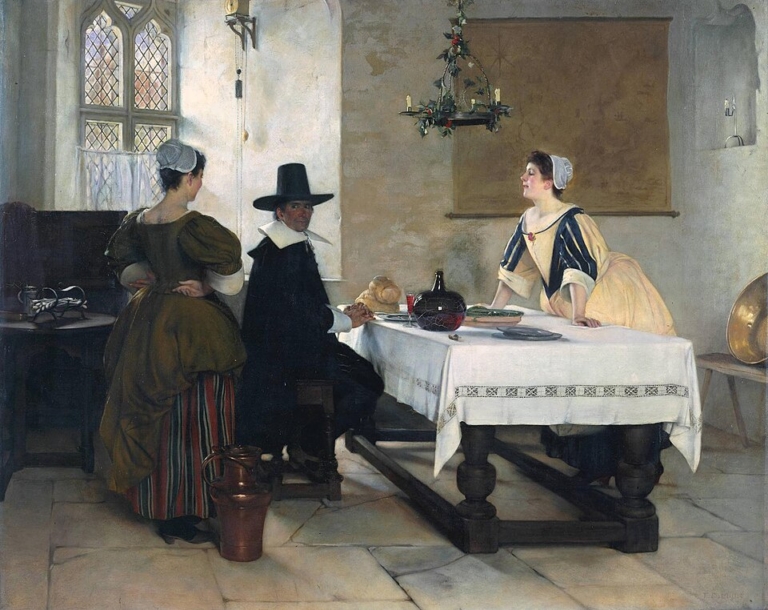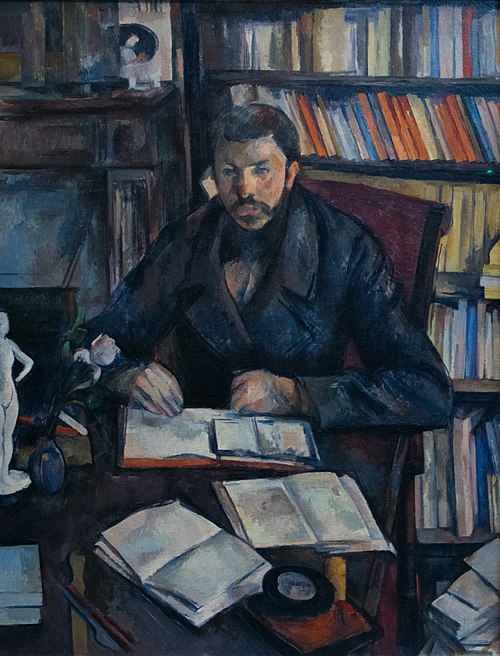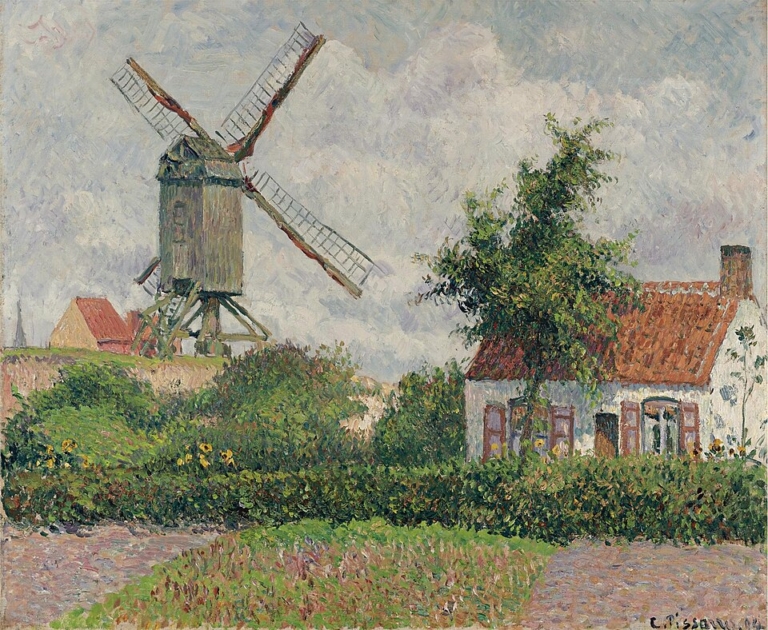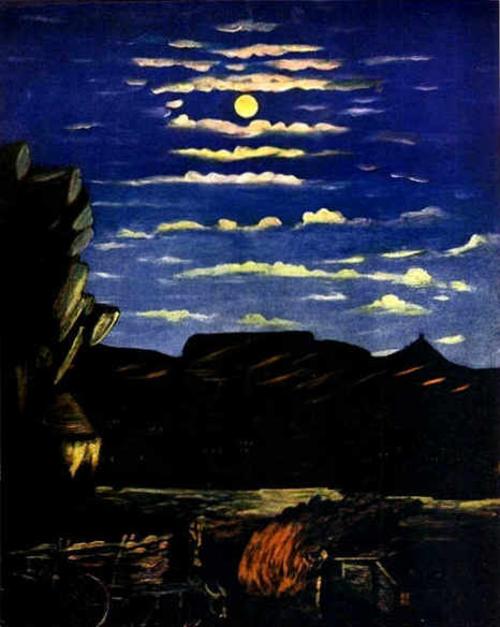
Mountain at Night by Niko Pirosmani: A Deep Analysis
Niko Pirosmani's Mountain at Night captures the quiet majesty of a moonlit Georgian landscape. With simple forms, rich contrasts, and deep emotional resonance, the painting reflects Pirosmani’s unique blend of naïve art and spiritual symbolism. Discover how this work transforms a tranquil night scene into a timeless, poetic vision of nature.
